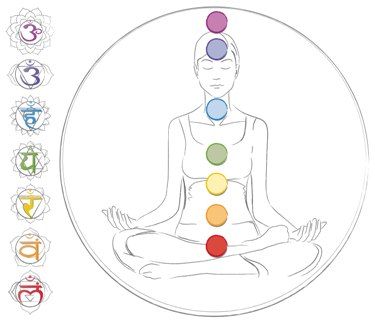 The Third Chakra is known as the Solar Plexus Chakra and is located just below the ribcage. The color of this chakra is yellow. Blockages of this chakra can cause physical symptoms including:
The Third Chakra is known as the Solar Plexus Chakra and is located just below the ribcage. The color of this chakra is yellow. Blockages of this chakra can cause physical symptoms including: - Food Allergies & Digestive problems
- Liver & Gall Bladder issues
- Chronic Tiredness & Anemia
Emotional problems include:
- Fear & Anger
- Bitterness & Pride
- Prolonged uncertainty & Dread
- Powerlessness & Disappointment
The Fourth Chakra is the Heart Chakra and is located at the center of the chest. The Heart Chakra's color is green. Physical symptoms from blockage of this chakra include:
Emotional problems may include:
- Feeling attacked by life
- Desperation & Fear
- Feeling stifled
- Hopelessness & Despair






